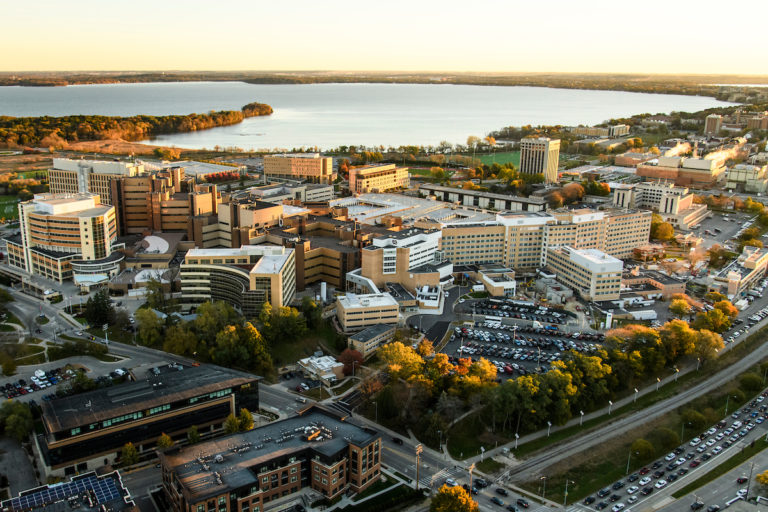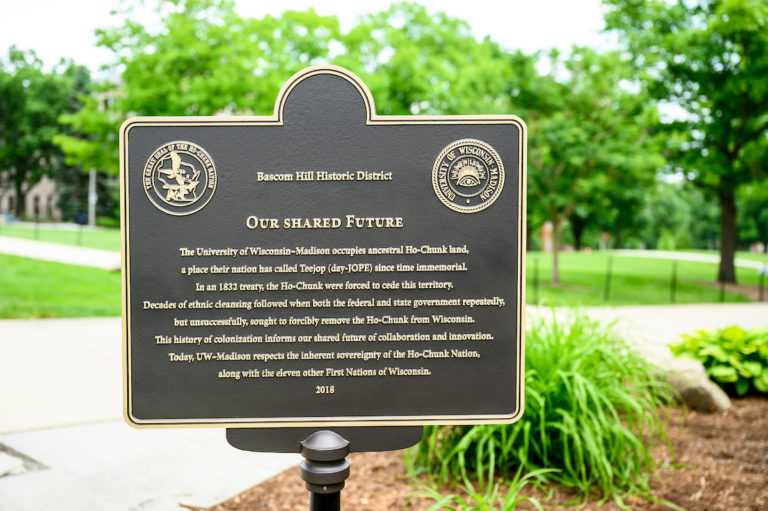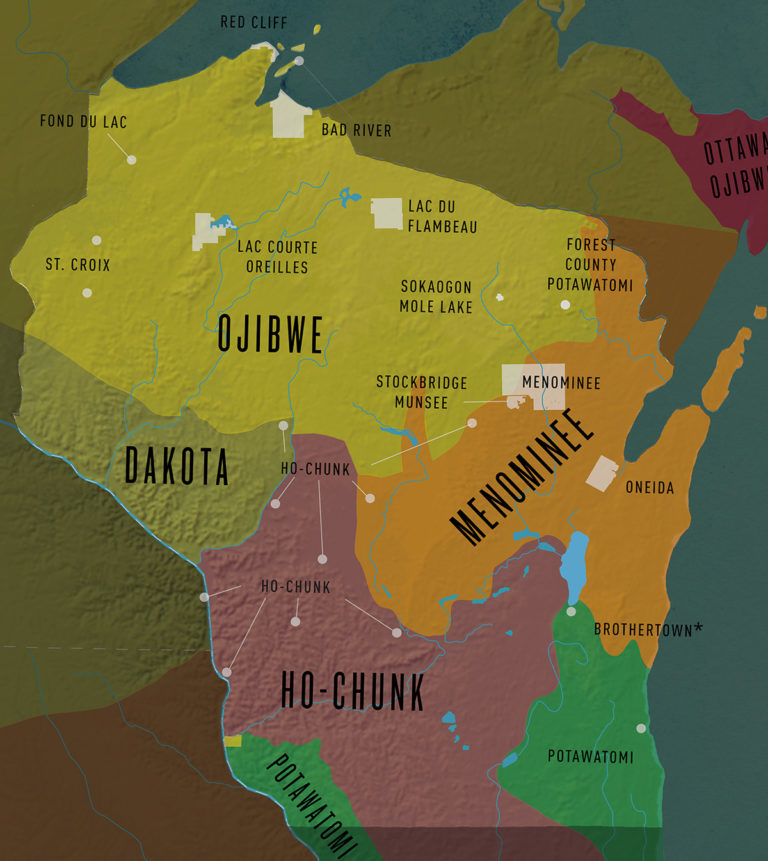The faculty and staff of the Department of Pediatrics recognize the land our buildings and campus occupy is the ancestral home of the Ho-Chunk Nation, who have called this land Teejop (day-JOPE) since time immemorial.
In the first treaty following the Indian Removal Act in 1830, the state government forcibly removed the Ho-Chunk from their home in 1832. In the decades that followed, the federal and state government sought to completely remove the Ho-Chunk from Wisconsin. Despite these attempts, many Ho-Chunk people continued to return to their home in present-day Wisconsin.
We acknowledge the circumstances that led to the forced removal of the Ho-Chunk people and honor their history of resistance and resilience. The Ho-Chunk Nation and the other 11 First Nations residing in the boundaries of present-day Wisconsin remain vibrant and strong. We recognize and respect the inherent sovereignty of the 12 First Nations that reside in the boundaries of the state of Wisconsin. This history of colonization informs our work and vision for a collaborative future.
We encourage you to visit their websites for more information:
Bad River Band of Lake Superior Chippewa
Forest County Potawatomi Community
Lac Courte Oreilles Band of Lake Superior Chippewa Indians
Lac du Flambeau Band of Lake Superior Chippewa Indians
Menominee Indian Tribe of Wisconsin
Oneida Tribe of Indians of Wisconsin
Red Cliff Band of Lake Superior Chippewa Indians
Sokaogon Chippewa Community
For more information, visit the UW–Madison Our Shared Future website and the interactive Tribal Lands Map on the Wisconsin First Nations website.


